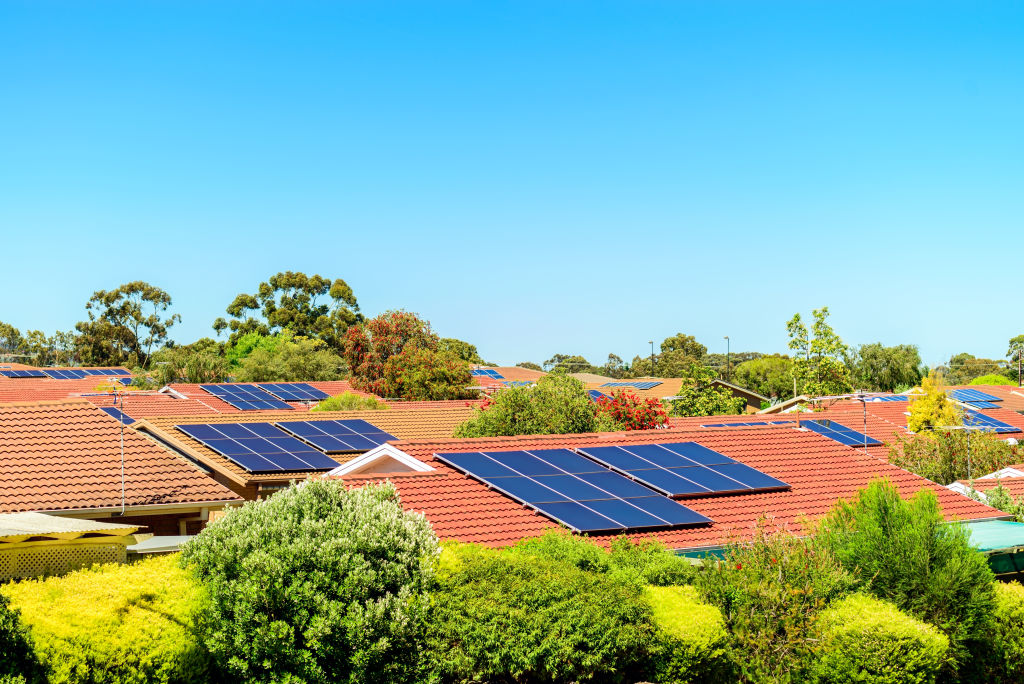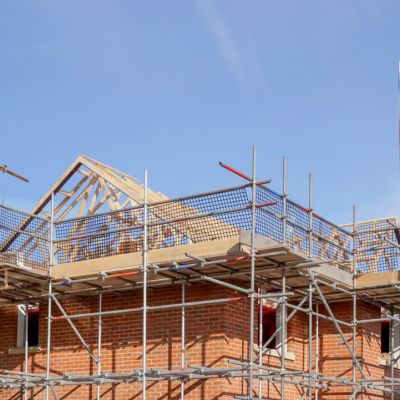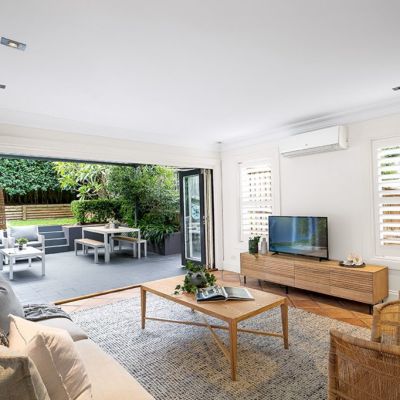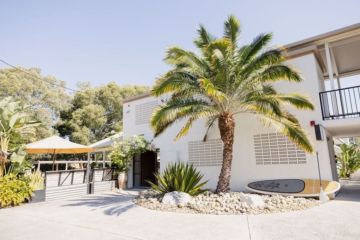5 expert tips for choosing a sustainable builder
It’s the buzzword on everyone’s lips these days. Whether you’re implementing a plan to reduce carbon emissions, or your kids are coming home and schooling you on composting or recycling, there is no doubt that the word sustainability is one we’re all hearing a lot more of.
However, sustainability can be a little more complicated when building and renovating. By its very definition, nothing we do in modern-day construction would ever be considered “sustainable”.
The industry and humans are built to consume, and the buildings we’ve been building for the past 20 years are far more geared towards consumption than in years gone by.
The buildings consume energy and can’t usually retain it; they consume materials that we don’t order properly and then throw away, and in most cases, they’re built out of materials that can’t be recycled.

I’m so disillusioned with the word sustainability that I’ve removed it from my builder’s vocabulary. It’s misused, and it’s very misunderstood.
Instead, we’ve adopted the term “responsibility” to ensure we take ownership of our decisions. We’re constantly checking and measuring how we do things and always looking to adopt new and smarter ways of building. We strive to improve our measurements year on year as our understanding of the problems we face grows.
So, how do you know if your builder really understands sustainability or, as we say, responsibility?
Here are five tips you can use to check your builder is on the same page as you if you’re looking to build or renovate responsibly.
1. Are they tracking and recycling their waste?
It’s highly unlikely, but it’s worth asking them to start. We can’t improve what we don’t know, and once you start seeing your landfill-to-recycle rate, it’s hard to turn a blind eye.
2. What are they doing to control moisture?
A wet house is a doomed one. Health aside, the chance of your home standing the test of time if it’s damp and unable to disperse moisture is, by definition, unsustainable.
If your builder is wrapping your house in foil sarking, it’s a pretty good sign that your builder doesn’t understand moisture. Foil sarkings trap moisture in your home and don’t let the building breathe. Internal condensation can find its way to the back of your foil and into your wall frames, creating a mould trap. Ask your builder to use a vapour-permeable alternative. They’re a little more expensive but a better option than foil sarking.
3. What concrete do they use?
Concrete is the world’s most widely used building material, yet it has one of the most significant carbon footprints.
But there is a low-carbon option, and the cost difference is a no-brainer.
Ask your builder to use a low carbon or geopolymer concrete. It places the same, cures the same and looks exactly the same when cured.

4. Do they have any net zero commitments?
There are not many builders that do, but we are racing towards an economy that is underpinned by net-zero commitments.
As one of the largest emitters, the building industry is on a crash course with change, whether we like it or not.
Life is already expensive, but the cost of building a home will only increase if the people building our dwellings can’t wrap their heads around low-carbon materials and construction.
5. Are they a member of the Builders Declare movement?
Builders Declare has listed 10 simple steps that all builders should commit to in order to be more sustain … sorry “responsible”.
Dean Ipaviz is a qualified builder, project manager and carpenter who’s passionate about the environment and committed to sustainability and creating awareness of sustainable building practices.
We recommend
States
Capital Cities
Capital Cities - Rentals
Popular Areas
Allhomes
More










